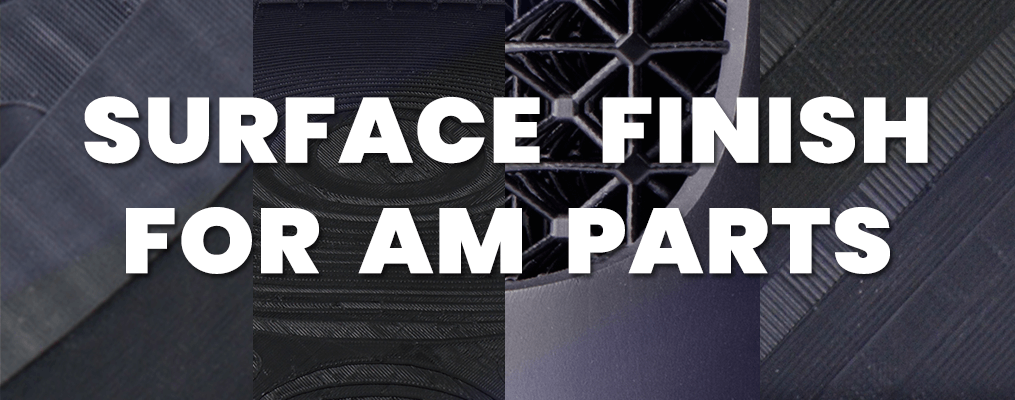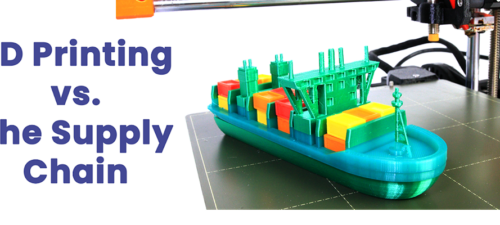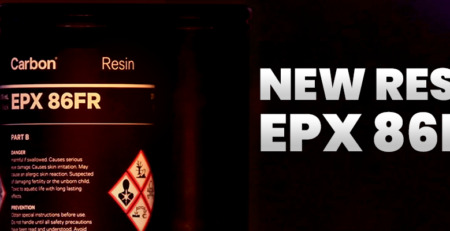Surface Finish of Additive Manufactured Parts
Al2023-09-22T13:28:02+00:00We’ve covered the benefits of additive manufacturing at great lengths on our blog. The speed, versatility, weight, and price point that is afforded by this technology has revolutionized countless industries. One area of weakness that has dogged this method, however, has been the variety and quality of surface finishes of the parts created through 3D printing. In this article, we discuss the characteristics of surface finish, the factors that influence it, and the techniques that have developed to improve it.
What is surface finish?
An item’s surface finish is determined by three characteristics: its lay, surface roughness, and waviness. These factors describe different deviations from a perfectly flat surface or “true plane”.
Lay refers to an object’s surface pattern, which is normally determined by the production method that is employed. An example of this would be the striations formed by filament printing. Surface roughness is what is most commonly thought of when discussing finish. It is the measure of the size and space between surface irregularities. An example of this is the grades of sandpaper that have varying levels of grit. Waviness is the final component of finish and describes imperfections on a larger scale than what would be covered by roughness, like the warping of a 3D printed piece.
Surface finish is an important consideration when it comes to controlling friction, feel, and a part’s overall durability. Objects with ideal surface finish experience less friction and are less susceptible to fatigue. The minimization of some forms of friction, like the drag experienced by aerospace parts, is a critical focus in many industries.
Determining surface finish
It’s important to determine from the outset the desired fit, function, and price point. The surface finish of an aerospace part may be under stricter scrutiny than a consumer part, and certain abrasive methods may not be suitable for a part with tight tolerances. Above all, post-processing time that gives a part its desired finish can add substantially to the overall cost. Proper design, printing, and post-production techniques should largely help avoid major issues pertaining to warping or waviness. Material choice is also important – certain materials may be more vulnerable to warping than others, especially if subjected to heat-based post-processing.
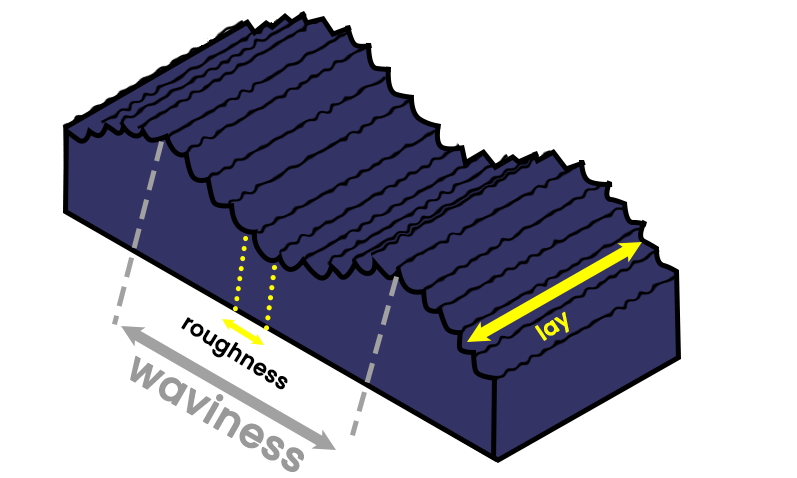
Roughness and lay are largely determined by the production method used, but the type of material chosen can also play a role. Not only do high definition printing methods, like Carbon’s DLS method, reduce the appearance of surface abnormalities like the “staircase” effect, but they also allow more flexibility in post-processing to further refine surface finish. The post-production phase provides the most influence in shaping the final surface finish of a product.
Improvements to 3D printed surface finish
Ensuring proper surface finish begins at the design stage. Strategic and minimal support placement, proper orientation, and taking advantage of software like Carbon’s texture support all contribute to producing a quality part.
Once designed and printed correctly, structural supports will need to be removed for a resin or filament-based part. Printed metal parts will similarly need to be unpacked from powder or go through a debinding process, depending on the printing process used. Once the part is isolated, additional finishing can be performed. If the part has sharp edges from supports or excess material deposited onto it these will be removed through the deflashing processes. If the part has sharp edges, those edges will be reduced through a process called radiusing.
From this point, a part can be further polished through vibration using a centrifugal barrel or tumbler, or by using an abrasive medium like sand blasting or polishing. There are other ways to further polish printed metal parts that would be familiar to traditionally produced parts such as shot-peening, laser-peening, and electrochemical polishing
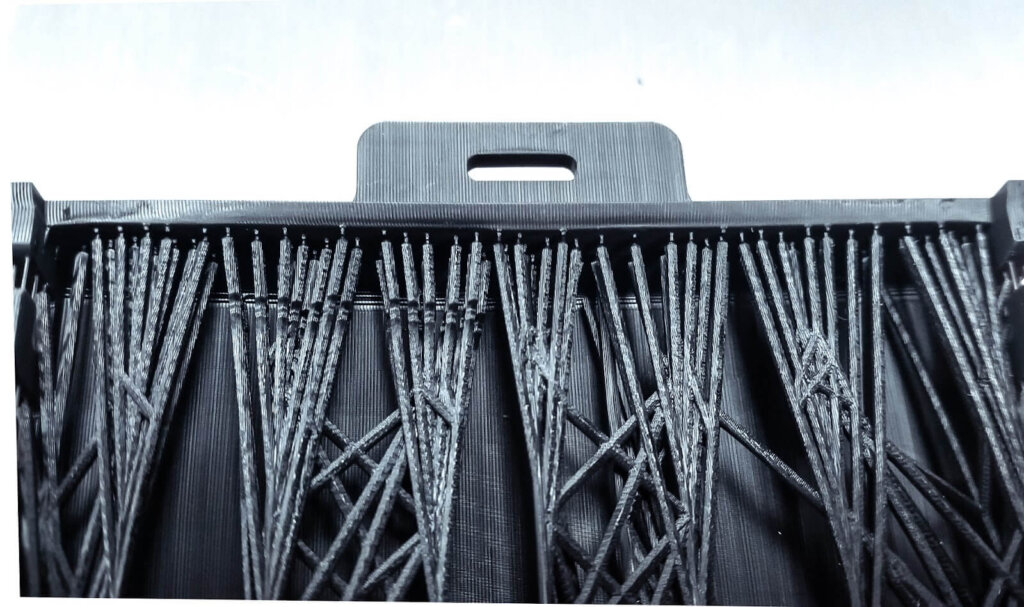
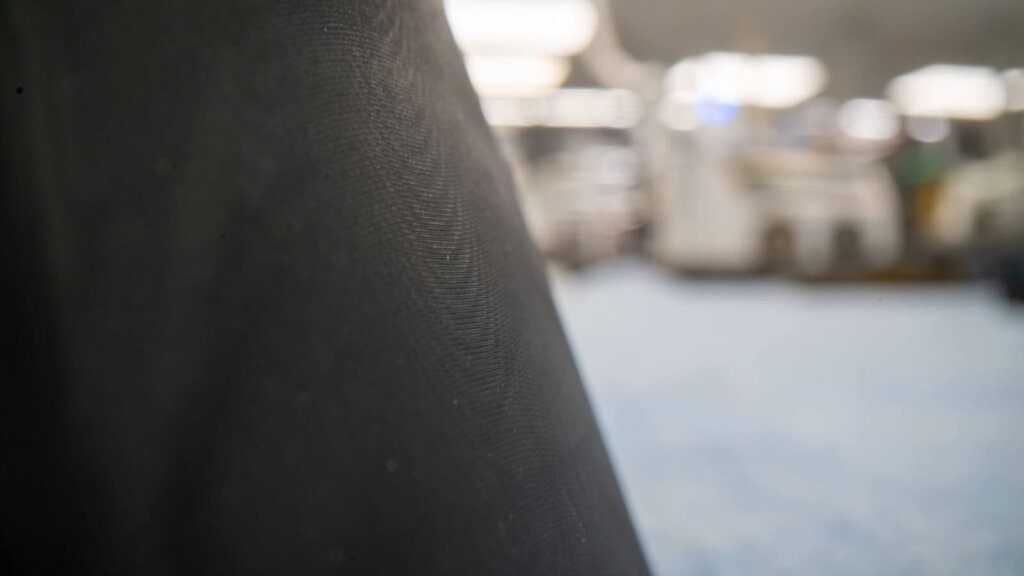
All said, the methods to post-process 3D printed parts are vast and are further complicated by the textures and complex geometries that additive manufacturing enables. At SabeRex, we’ve taken the time to refine a series of post-processing techniques that produce high quality parts while still benefiting from the speed and versatility that 3D printing is known for.

